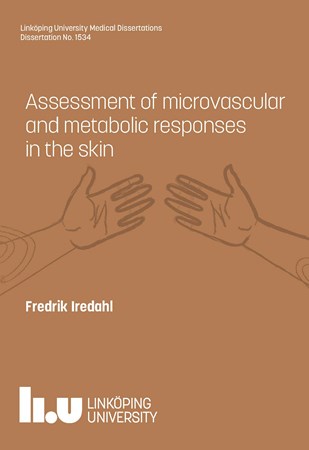More than half of Swedish men and over 40% of women are now overweight or living with obesity. Globally, according to the WHO, there are now more people with obesity than with underweight. At the same time, complications related to metabolic disorders have become increasingly common. Today, an estimated 20–25% of the world’s population is affected by metabolic dysfunction–associated steatotic liver disease (MASLD), which is strongly linked to overweight and type 2 diabetes. Among individuals diagnosed with type 2 diabetes, MASLD is common. Liver disease is often asymptomatic until serious complications related to impaired liver function occur. There is also reason to suspect that a large proportion of individuals with type 2 diabetes in Swedish primary care have undiagnosed obstructive sleep apnea (OSA). This condition is a treatable risk factor for cardiovascular disease, traffic and workplace accidents, premature death, and progression of MASLD.
The microcirculation is typically defined as the smallest blood vessels in the body, with a diameter of less than 150 μm. It is at this level that the exchange of oxygen and nutrients takes place, making intact microcirculation essential for living organisms. Due to its accessibility, the skin has often been used as a model for studying microcirculation. Several patient groups have been investigated to better understand the clinical relevance of impaired microcirculation. For example, patients with type 2 diabetes have been shown to have a reduced ability to recruit the cutaneous vascular bed. In my line of research, we apply newly developed optical techniques and experimental models to observe the natural dynamics of skin microcirculation. The goal is to identify early signs of vascular dysfunction before clinical complications manifest.














